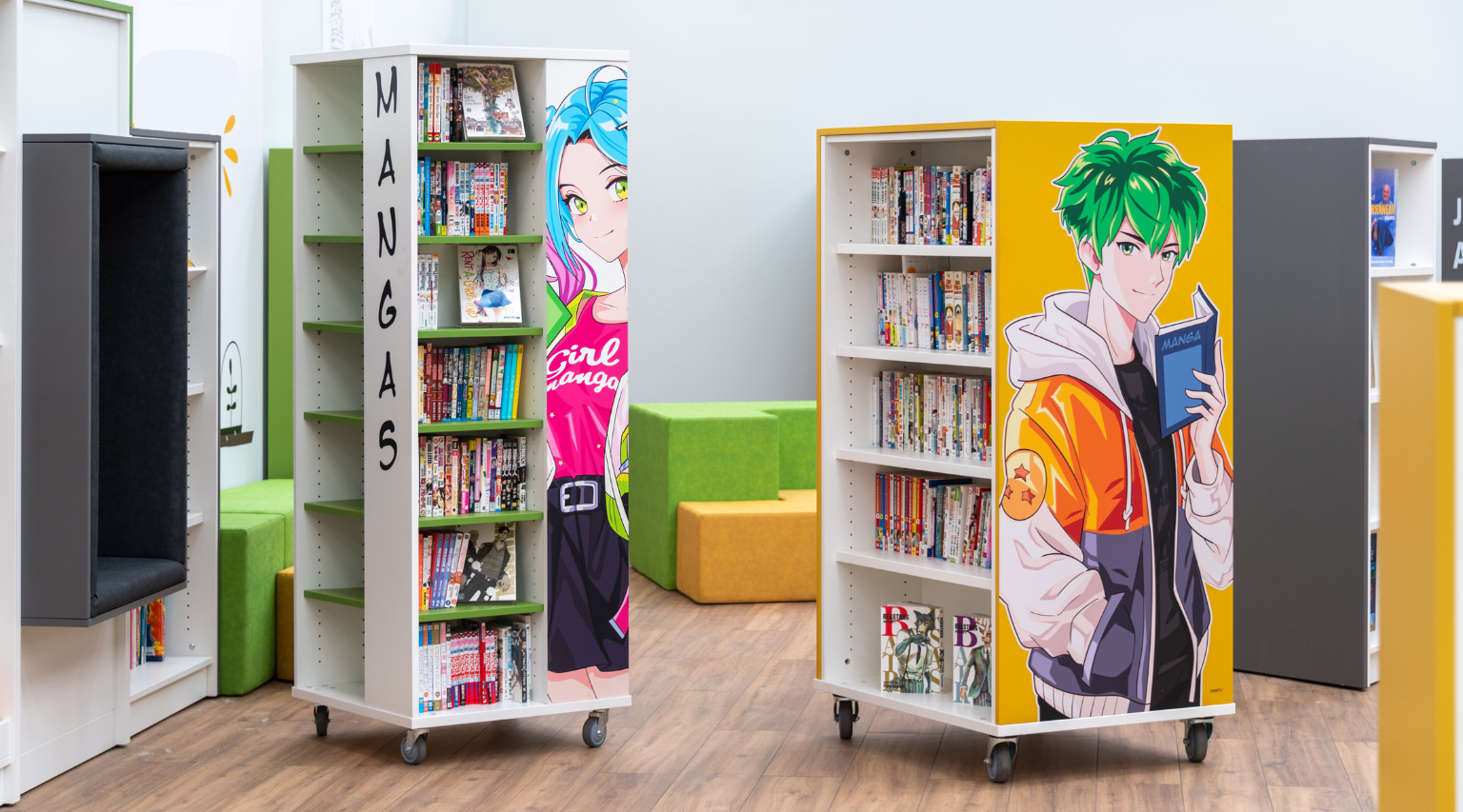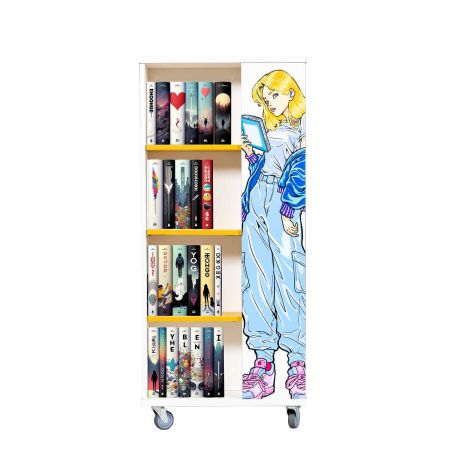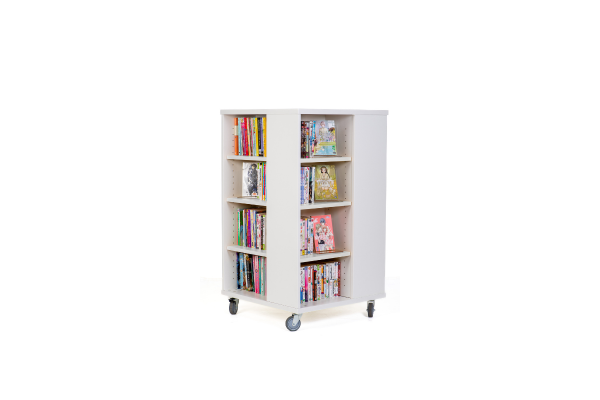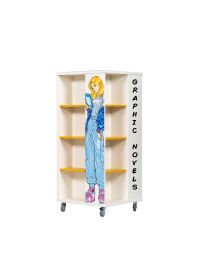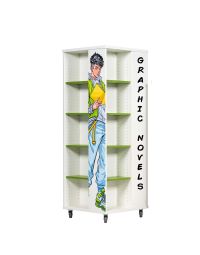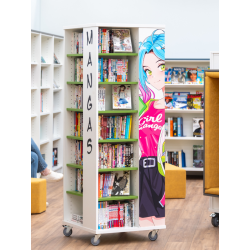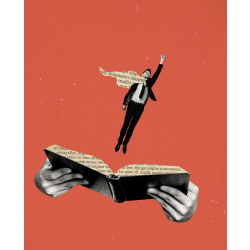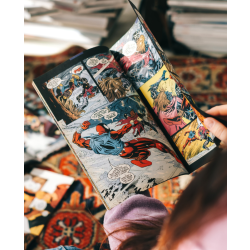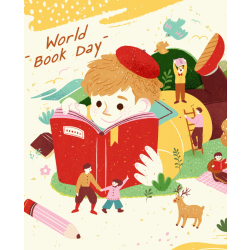Graphic Novels: A visual gateway to literacy and learning
Graphic novels have become more influential in the literary world, blending vivid artwork with compelling stories. This hybrid format suits readers of all ages, skill levels, and interests. More than just "long comics," graphic novels are a unique storytelling medium that covers a wide range of genres, offering something for everyone.
The National Literacy Trust's 2023 report reveals that only 28% of children and young people aged 8 to 18 read daily, a significant drop from 38.1% in 2005. Additionally, just 34.6% of this age group enjoyed reading in 2024, marking the lowest level since 2005.
New approaches are essential to boost children’s engagement in reading, as traditional methods may no longer resonate with their interests and the changing ways they consume content and information.
Enter graphic novels…
Graphic novels stand apart from other literary forms due to their ability to combine art and text into a united storytelling experience. They utilise visual elements like panel layout, colour schemes, and lettering styles to convey mood, pacing, and emotion. This layered approach enriches the reader's engagement with the story, creating an immersive experience.
For instance, a dramatic pause in a novel is often described in words. Still, in a graphic novel, it can be depicted visually—a lone panel with a single tear rolling down a character's face or a vast, empty landscape showing isolation. These elements make graphic novels powerful tools for storytelling.


The rise of graphic novels in education
Graphic novels are increasingly recognised for their educational value. Schools and libraries are incorporating them into curriculums and their library collections, acknowledging their potential to foster literacy, creativity, and critical thinking skills, particularly in more reluctant readers.
- Visual literacy: In our media-saturated world, understanding and interpreting visual information is a critical skill. Graphic novels teach readers to decipher meaning through imagery, layout, and visual metaphors.
- Engagement with reluctant readers: Graphic novels are a lifeline for reluctant or struggling readers. Their visual format makes stories accessible and enjoyable, bridging the gap between entertainment and education.
- Cross-curricular learning: From historical accounts to scientific explorations, graphic novels span every subject imaginable, providing educators with innovative ways to engage students.
DID YOU KNOW?
In 2022, the UK experienced a 70% increase in graphic novel sales compared to the previous decade. This growth was largely driven by younger readers!
The emotional impact of graphic novels
Graphic novels often tackle profound and emotional topics with a sensitivity that resonates deeply with readers. These works bring historical and personal trauma to life in ways that stay with the reader long after the book is closed. Similarly, they explore the complexities of adolescence, love, and faith through breathtaking visuals and heartfelt storytelling.
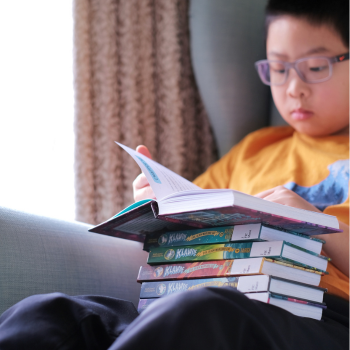

Furniture matters!
Your collection should be displayed in an accessible space, using furniture that is easy to browse and has options to showcase titles, without taking up too much space.
Expanding graphic novel collections in your library
To cater to the growing demand for graphic novels, your library should be expanding its collection! Create a dedicated space for a collection that appeals to a diverse audience while meeting educational and entertainment needs.
Your zone should create space for:
- Genre diversity: Stock a variety of genres, including historical fiction, biographies, fantasy, science fiction, and mystery.
- Representation matters: Graphic novels are a great way to highlight stories from underrepresented voices, providing authentic perspectives on identity and culture.
- Local creators: Support local artists and writers by including their works. Regional stories or independent graphic novels can add a personal touch to your collection.


How to Introduce Readers to Graphic Novels
Introducing graphic novels to readers who are unfamiliar with the format can be a rewarding process. Here are some tips:
- Host events: Organise graphic novel book clubs, art workshops, or author talks to engage the community.
- Recommendation guides: Create age-appropriate recommendation lists for patrons, grouping titles by theme, genre, or complexity.
- Interactive displays: Design eye-catching displays with QR codes that link to reviews or videos about featured graphic novels.
- Reward schemes: In schools, create a reward system whereby students can earn points for every graphic novel they read, and come up with a prize system when they reach X amount of points.
Graphic novels are more than a trend, they are a vital and influential part of modern storytelling. By incorporating them into your library, you are opening the door to a world where art and literature converge, offering readers an unforgettable journey through words and images. Whether you're a seasoned fan or a newcomer, there's never been a better time to explore the limitless possibilities of graphic novels!
Equip yourself with our Graphic Novel Towers!
To support your growing graphic novel collection, WF Education offers specially designed Graphic Novel Towers. These versatile and visually appealing storage solutions are perfect for showcasing your collection in an organised and accessible way. Their sleek design not only maximises space but also draws attention to the vibrant artwork of graphic novels, encouraging readers to browse and discover their next favourite story.
Our Graphic Novel Towers are available in 2 heights: 1400mm & 1700mm.


